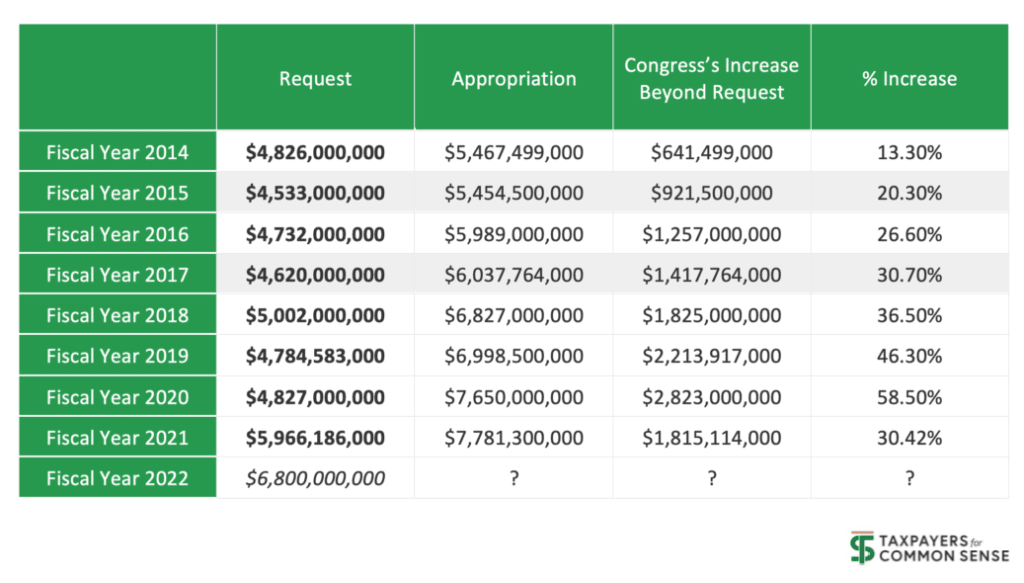President Biden’s budget request continues one of the few presidential norms that survived the disruption, and disfunction, of the Trump Administration. It’s the annual Potomac two-step involving the budget for the Civil Works portion of the Army Corps of Engineers.
This is a well-established budgeting ritual involving this agency that is in charge of constructing projects promoting commercial navigation, flood and storm damage reduction, as well as environmental restoration on most of our nation’s major, and not-so-major, waterways. The White House lowballs funding levels enabling the administration to budget that cash for other priorities. Congress makes a theatric show of disapproval. When it comes time to actually produce the spending bills, Congress bumps the spending up and the president signs the bill. Glad handing and back slapping ensue. It’s a well-worn ritual undertaken by nearly every administration.
Through Fiscal Year 2020 the gulf between what the administration (both Obama and Trump) requested and Congress ultimately approved grew exponentially. In the FY2020 Omnibus, Congress appropriated nearly $3 billion (58.5%) more than the president had requested. This dropped to, umm, “only” a $1.8 billion (30%) difference in the final year of the Trump Presidency.
Now President Biden is requesting $6.8 billion for the Corps of Engineers. And while on paper this is a nearly 13% decrease from what was appropriated in Fiscal Year 2021, it’s actually a 14% increase compared to last year’s presidential budget request.
At the same time the budget request LOWERS the bar for green lighting construction projects. While a Corps project can receive an authorization if its projected economic benefits exceed the projected cost by as little as a penny (Benefit to Cost Ratio >1.0), that just green lights a project for funding consideration. In recent decades presidential budget requests typically state that projects must achieve at least 2.5 BCR to be included. Without the ability to earmark project funds due to moratoriums on the practice, this hurt the chances of many economically low priority projects from being funded. The FY2022 budget request lowers the construction threshold to 2.0 for inclusion because “[i]n light of increased funding for the Army Corps, this modification will allow more projects to be funded…” Never mind that funds are still spread too thin delaying project completion (and project benefits) and increasing costs.
In the end, with a Congress that always spends more than the president requests and a major push for increased infrastructure spending, you can bet this trend continues. Earmarks will likely see the cash distributed far and wide and on some projects that are more about political muscle than economic merit. And the already paltry return taxpayers receive from some of these projects is only going to get worse.











